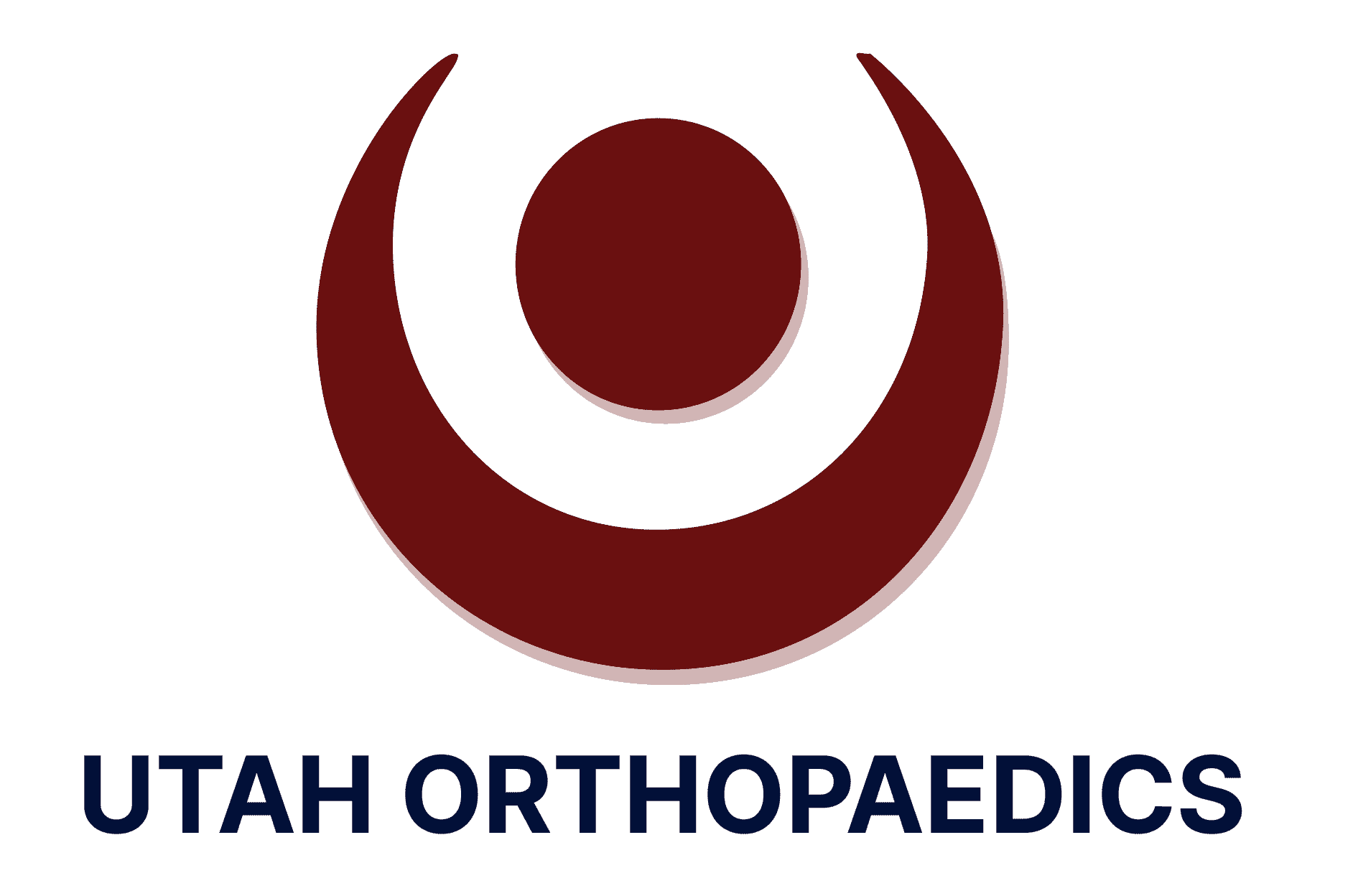The anterior cruciate ligament, commonly known as the ACL, is one of the most commonly injured ligaments in the knee. Running diagonally through the middle of the joint, the ACL works together with three other ligaments to connect the femur (thigh bone) to the tibia (the larger of the two lower leg bones). A tearing of this ligament causes the knee to become unstable and the joint to slide forward. ACL injuries occur most often in athletes as a result of direct contact or an awkward fall. About half of all ACL injuries are also accompanied by damage to the meniscus, cartilage, bone or other ligaments in the knee.
Causes of an ACL Injury
The anterior cruciate ligament aka ACL most frequently tears as a result of a sudden turn or change of direction that causes the knee to twist or hyperextend. Such an injury most often occurs in sports that involve abrupt stops and changes in direction, such as tennis, football, soccer and basketball. It may also occur as a result of an automobile or skiing accident. Many ACL ligament tears also result from commonplace accidents like falling off a ladder or missing a step on a staircase.
Risk Factors for an ACL Injury
Women are more likely to experience an ACL tear than men, even when they are engaging in the same activities. This is because women have a strength imbalance in their thighs, with the quadriceps, the muscles at the front of the thigh, being more powerful than the hamstrings, the muscles at the back.
Symptoms of an ACL Injury
Signs of an ACL injury are difficult to ignore. These signs include:
- Popping sound as the ligament tears
- Immediate pain, swelling and instability
- Increasing swelling and pain following the injury
- Limited range of motion of the knee
- Tenderness at the site
- Inability to walk
Patients who are suspected of having ACL injuries should obtain medical attention immediately to avoid further joint damage.
Diagnosis of an ACL Injury
A physical examination for an ACL injury includes evaluation of swelling and tenderness, especially in comparison to the unaffected knee. It also involves moving the knee into different positions to assess possible ACL damage. For a definitive diagnosis of an ACL tear, imaging tests, including X-rays, ultrasound, MRI and CT scans, are administered so that the internal structure of the knee can be visualized.
Treatment for an ACL Injury
Patients who suffer ACL injuries must use crutches and possibly knee braces during the early stages of recovery. Depending on the severity of the injury, surgery may or may not be necessary. While not all ACL injuries require surgery, leaving the ligament torn or damaged puts the patient at risk for recurring episodes of knee instability. It may also increase the likelihood of developing tissue damage or arthritis over time. For athletes who want to return to high-risk sports, surgical reconstruction is always necessary.
Ligament tears cannot be repaired by simple reattachment. Normally grafting of part of another ligament, usually taken from the patient's knee or hamstring muscle, will be used in the procedure. At times, the graft may be taken from a deceased donor. Physical rehabilitation is always necessary to restore strength, function and stability to the knee, whether or not the patient undergoes surgery.


